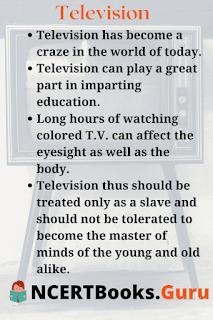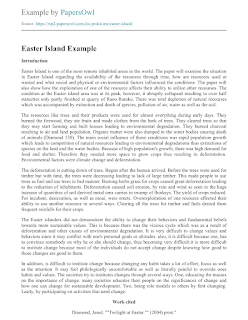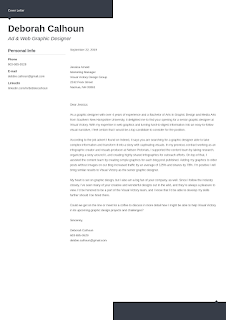An Essay on Television: The Pros and Cons
Television has become an integral part of our daily lives. With its ability to entertain, educate, and inform, it has transformed the way we perceive the world. However, like any technological advancement, television has its own set of advantages and disadvantages that greatly impact society.
The Advantages of Television
One of the biggest advantages of television is its ability to provide entertainment. With a variety of channels and genres available, it caters to the diverse tastes and preferences of viewers. Whether it's drama, comedy, sports, or reality shows, television offers a wide range of programs that can be both enjoyable and relaxing.
In addition to entertainment, television also serves as an educational medium. Educational channels and documentaries enable viewers to learn about different subjects, cultures, and places without leaving the comfort of their homes. This makes television an invaluable source of knowledge, particularly for those who may not have easy access to formal education.
Furthermore, television plays a crucial role in news dissemination. With 24-hour news channels, viewers can stay updated on current events from around the world. This instant access to information helps create an informed society and promotes awareness of global issues.
The Disadvantages of Television
However, television also has its downsides. One major disadvantage is the excessive amount of time people spend watching television. Excessive television viewing can lead to a sedentary lifestyle, which can contribute to health problems such as obesity and even mental health issues.
Another drawback of television is the influence it can have on young children. Exposing children to inappropriate content or excessive screen time can negatively impact their cognitive and social development. It is essential for parents to exercise control and monitor the content their children are exposed to on television.
Television can also be a source of addiction. Binge-watching, a trend popularized by online streaming platforms, can lead to a lack of productivity and withdrawal from real-life experiences. It is important for individuals to maintain a healthy balance between television viewing and other aspects of their lives.
In Conclusion
Television has undoubtedly revolutionized the way we consume media and has brought both positive and negative influences into our lives. While it offers entertainment, education, and news, it is essential to be aware of its potential drawbacks. As viewers, we must exercise control and moderation to ensure that we reap the benefits of television without succumbing to its negative impacts.
- Introduction
- The Advantages of Television
- The Disadvantages of Television
- In Conclusion







